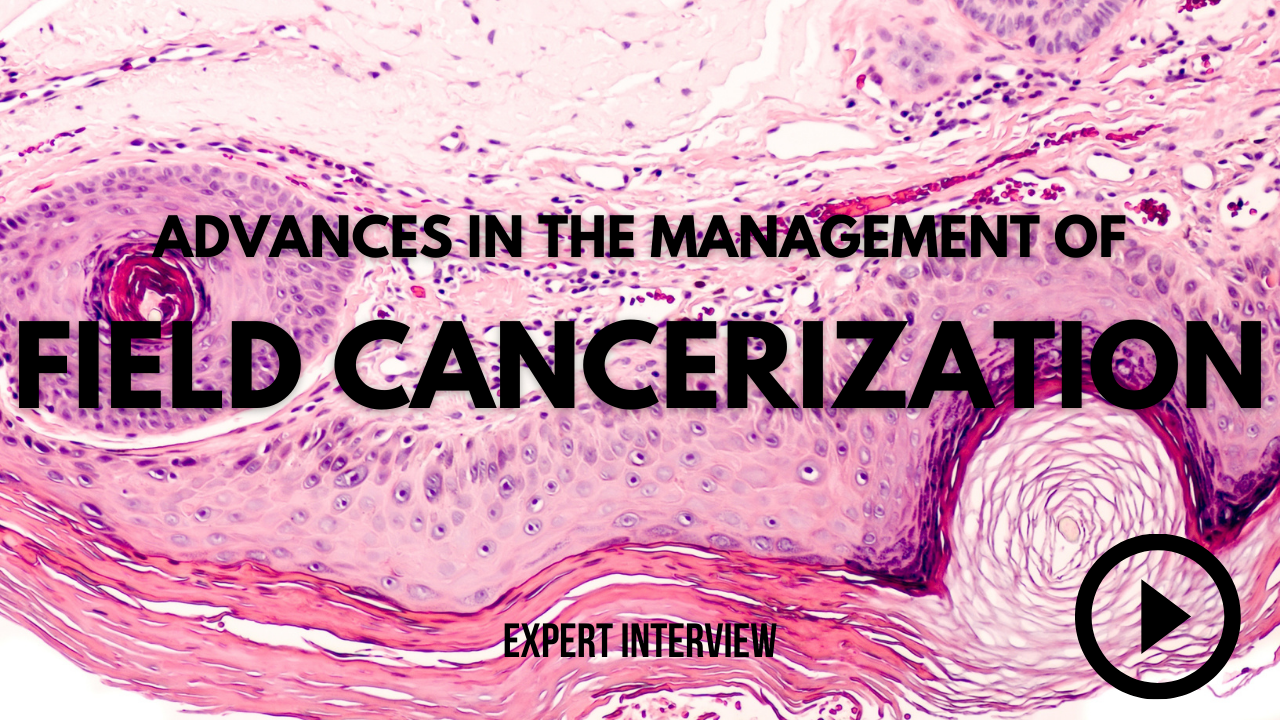- Acne
- Actinic Keratosis
- Aesthetics
- Alopecia
- Atopic Dermatitis
- Buy-and-Bill
- COVID-19
- Case-Based Roundtable
- Chronic Hand Eczema
- Chronic Spontaneous Urticaria
- Drug Watch
- Eczema
- General Dermatology
- Hidradenitis Suppurativa
- Melasma
- NP and PA
- Pediatric Dermatology
- Pigmentary Disorders
- Practice Management
- Precision Medicine and Biologics
- Prurigo Nodularis
- Psoriasis
- Psoriatic Arthritis
- Rare Disease
- Rosacea
- Skin Cancer
- Vitiligo
- Wound Care
News
Article
5-Fluorouracil is the Most Cost-Effective Therapy for Actinic Keratosis
Author(s):
Key Takeaways
- Australia has the highest incidence of AK, affecting 40-60% of Caucasians over 40, with no subsidized field therapies.
- A cost-effectiveness analysis using a decision tree model found 5-FU significantly cheaper than IMQ and MAL-PDT.
Australian researchers found 5-FU to be the cheapest AK treatment, compared to imiquimod and MAL-photodynamic therapy.
Image Credit: © dermnetnz.org

A new study in Australia compared the cost-effectiveness of 5-fluorouracil (5-FU), imiquimod (IMQ), and methyl-aminolevulinate photodynamic therapy (MAL-PDT) after 12 months.1 Australia has the highest incidence of AK worldwide, with approximately 40-60% of the Caucasian population over the age of 40 being affected.2 Despite this, there are currently no field therapies subsidized through the Australian Pharmaceutical Benefits Scheme.
A modeled cost-effectiveness analysis was completed, following the Consolidated Health Economic Evaluation Reporting Standards (CHEERS) checklist for reporting economic evaluations. The included patients were 18 years or older with 5 or more clinically diagnosed AK, spanning 25-100 cm2 on the head.
A decision tree model was developed in which efficacy data was derived from a single-blinded, multi-center, prospective, randomized control trial and cost data were taken from Australian dermatology clinics and pharmacies. Only direct medical costs were included and were measured in Australian dollars.
In terms of treatment, patients using 5% 5-FU applied the cream twice daily for 4 weeks while patients using 5% IMQ cream once daily for 3 days a week for 4 weeks. MAL-PDT treatment was performed by a clinician. After curettage, the nurses applied a 1 mm layer of MAL cream, which was then incubated under dressing and light-blocking foil for 3 hours. The area was then illuminated with a light-emitting diode and then covered for 1 day.
Patients who had less than 75% lesion clearance at follow-up were recorded as having failed treatment. If patients achieved ≥75% reduction in AK at their first evaluation or retreatment evaluation, if necessary, they were reviewed at 12 months post-treatment and included in the cost-effective analysis.
Overall, 5-FU was significantly less expensive than IMQ and MAL-PDT at 12 months post-treatment, with an average cost of AU$201 per patient. The cost-effectiveness ratios of IMQ and MAL-PDT were AU$940 and AU$8058 per patient, respectively. Additionally, 5-FU remained dominant in general efficacy, all one-way sensitivity analyses, and probabilistic sensitivity analyses.
The investigators did note some limitations, including the questioned applicability of findings to non-Australian populations. Additionally, some treatments such as MAL-PDT are limited to select hospitals and can impact accessibility. There also may be some further limitations with the input data from other studies that were utilized in this analysis.
Nonetheless, in terms of cost-effectiveness, topical 5-FU may be considered the first-line field therapy for patients presenting with field actinic damage. These findings can be used by policymakers and health care specialists to support funding proposals for its subsidization and guide the distribution of dermatological resources and funding, thus optimizing patient care.
“To the best of our knowledge, this is the first Australian cost-effectiveness study evaluating the cost-effectiveness of any field therapies for AK,” the authors wrote.“Given Australia's particularly high prevalence of AK and the predicted increase in the cost burden attributed to AK within Australia's aging population, this study has significance in its recommendation of 5-FU as a cost-effective, first-line field therapy.”
References
1. Gu, Y., Shah, K. M., Li, G. X., et al. (2024). Field therapies for actinic keratosis: An Australian cost-effectiveness analysis. JEADV Clinical Practice. https://doi.org/10.1002/jvc2.564
2. Frost CA, Green AC, Williams GM. The prevalence and determinants of solar keratoses at a subtropical latitude (Queensland, Australia). Br J Dermatol. 1998;139(6):1033-1039. doi:10.1046/j.1365-2133.1998.02560.x
Newsletter
Like what you’re reading? Subscribe to Dermatology Times for weekly updates on therapies, innovations, and real-world practice tips.







